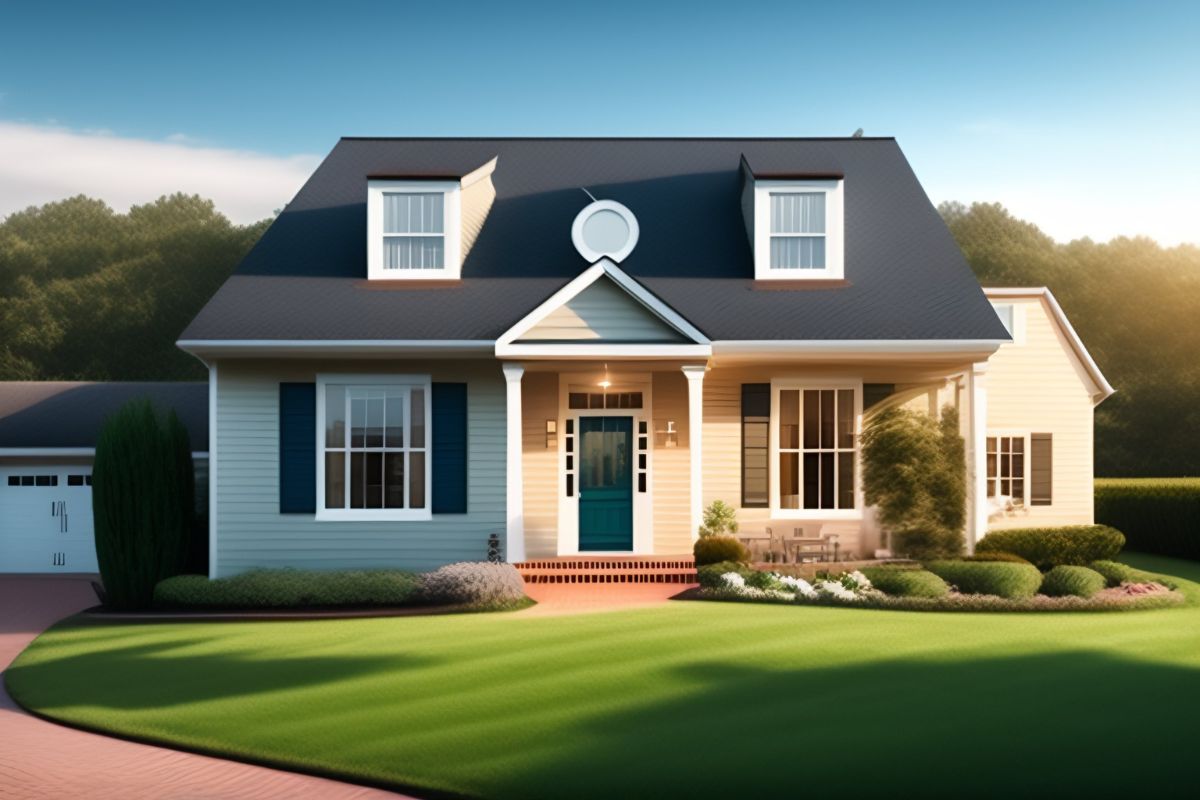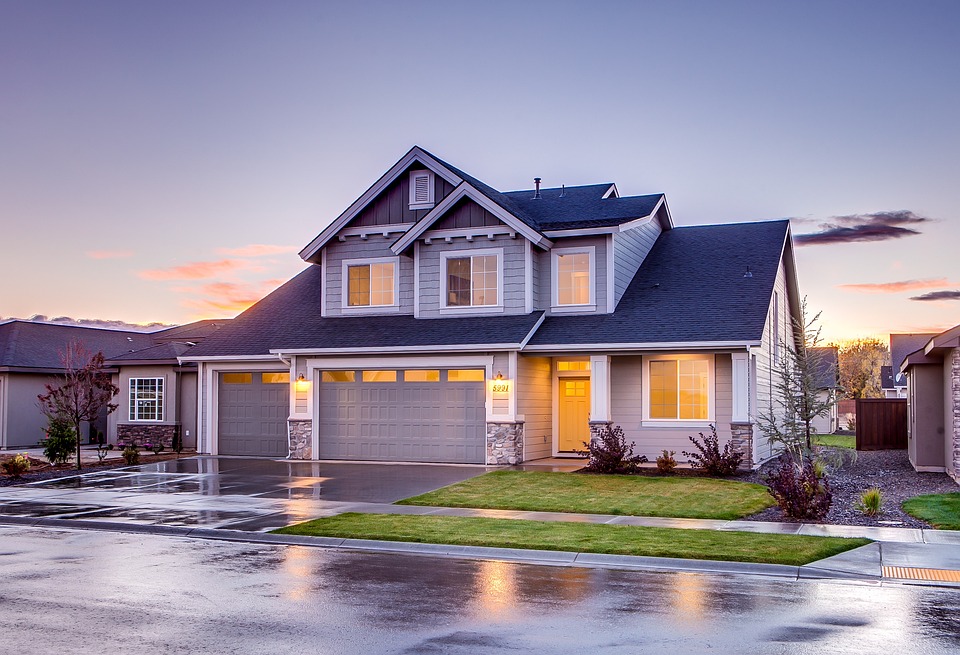The real estate landscape is ever-evolving, shaped by technological advancements, changing demographics, and the pursuit of sustainability. As we approach 2024, the focus on creating innovative and future-ready buildings has become more pronounced than ever. Developers are embracing cutting-edge technologies, sustainable practices, and a heightened emphasis on user experience to redefine the real estate sector. In this article, we’ll explore the key trends and features that are shaping real estate building for 2024.
1. Smart Homes and IoT Integration
The concept of smart homes is no longer a distant dream but a tangible reality. In 2024, real estate developers are incorporating Internet of Things (IoT) technology to create intelligent living spaces. Home automation systems that control lighting, security, heating, and cooling are becoming standard features. Residents can seamlessly manage their homes through mobile apps, voice commands, or even AI-powered assistants, enhancing both convenience and energy efficiency.
2. Sustainable Construction Materials and Practices
Sustainability is at the forefront of real estate development for 2024. Builders are increasingly opting for eco-friendly construction materials that reduce the environmental impact of their projects. From recycled steel and bamboo to energy-efficient glass and solar panels, developers are prioritizing materials that enhance energy efficiency and reduce the carbon footprint of buildings. Green roofs, vertical gardens, and rainwater harvesting systems are also becoming integral components of sustainable real estate projects.
3. Flexible and Multifunctional Spaces
The way people live and work is evolving, and real estate developers are adapting to these changes by creating flexible and multifunctional spaces. Residential buildings are designed with adaptable layouts that can be customized to meet the diverse needs of residents. Similarly, office spaces are moving away from traditional cubicles, embracing open designs and collaborative areas that foster creativity and productivity.
4. Virtual and Augmented Reality in Property Showcasing
The traditional model of visiting properties in person is undergoing a transformation with the integration of virtual and augmented reality. Real estate developers are utilizing VR and AR technologies to offer virtual property tours, allowing potential buyers or tenants to explore spaces remotely. This not only enhances the convenience of property hunting but also reduces the need for physical visits, contributing to a more efficient and streamlined real estate experience.
5. Enhanced Security and Biometric Access
Security is a top priority for both residential and commercial real estate. In 2024, developers are implementing advanced security systems, including biometric access control and facial recognition technology. These measures not only provide a higher level of security but also contribute to the overall convenience of residents, eliminating the need for traditional keys or access cards.
6. Wellness-Centric Design
The importance of wellness in real estate is gaining prominence, with developers prioritizing designs that promote physical and mental well-being. Ample green spaces, fitness facilities, and wellness amenities are incorporated into both residential and commercial buildings. Additionally, natural light and ventilation are maximized to create environments that positively impact the health and productivity of occupants.
7. 3D Printing in Construction
As technology continues to advance, 3D printing is making its mark in the construction industry. Real estate developers are exploring the use of 3D printing for constructing building components, which can significantly reduce construction time and costs. This innovative approach allows for greater design flexibility and the creation of complex architectural elements that might be challenging with traditional construction methods.
In conclusion, the real estate landscape for 2024 is characterized by innovation, sustainability, and a focus on enhancing the overall living and working experience. From smart homes and sustainable construction practices to flexible spaces and cutting-edge technologies, developers are embracing the future of real estate. As the industry continues to evolve, these trends are shaping a more dynamic and responsive built environment that meets the needs of a rapidly changing world.
In a nutshell, real estate buildings in 2024 are not just structures; they are smart, sustainable, and designed to adapt to the evolving lifestyles and expectations of their inhabitants. As we step into this new era of real estate development, the buildings of 2024 are a testament to the industry’s commitment to innovation and creating spaces that stand the test of time.




